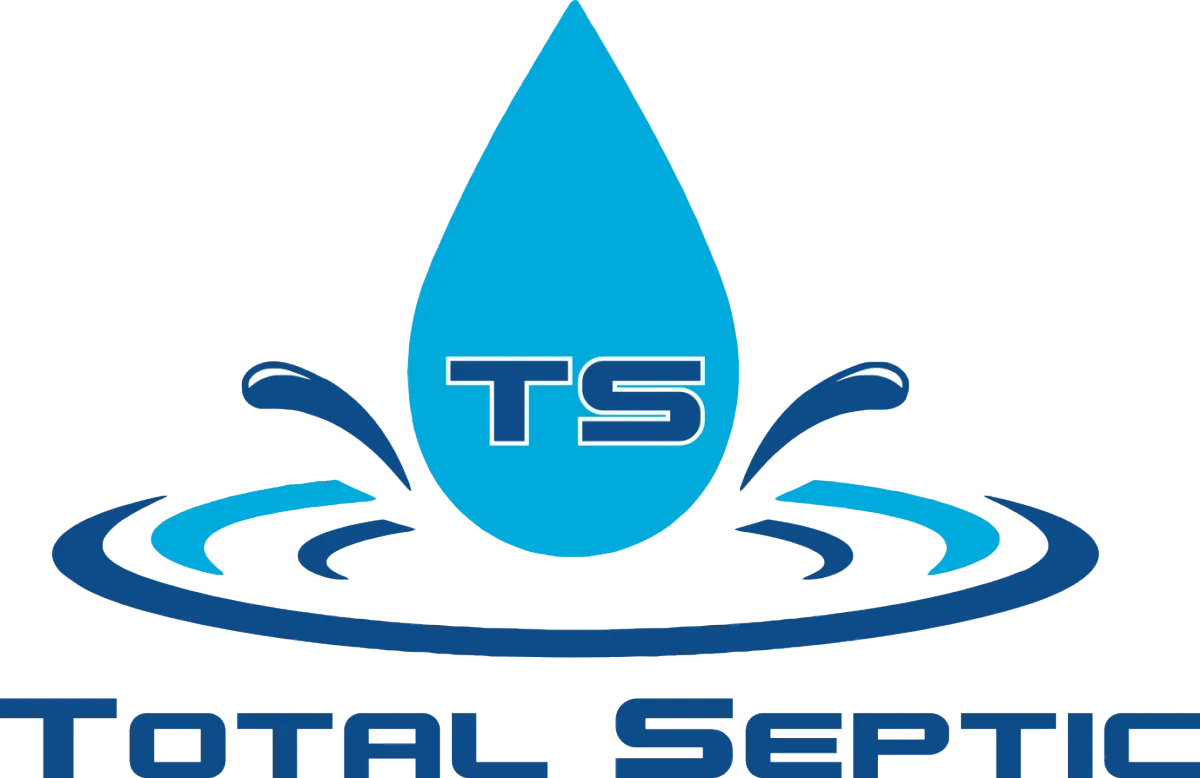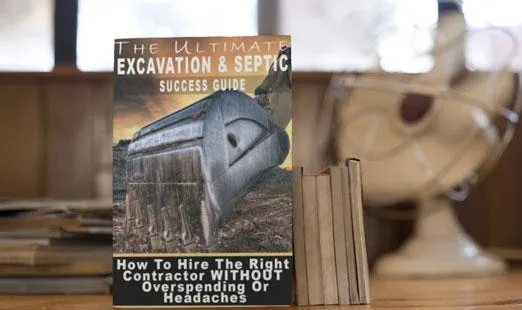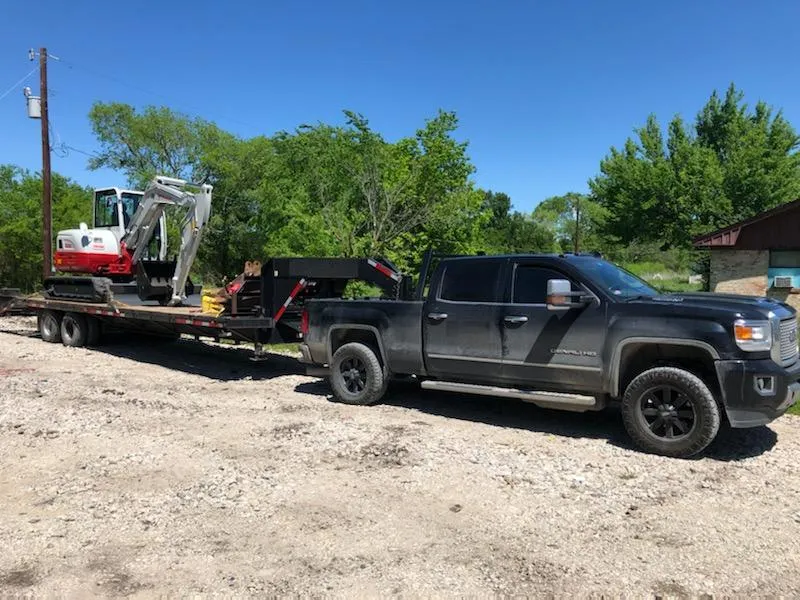
Serving Texas Counties: Collin, Grayson, Dallas, Denton, Rockwall, Fannin and Hunt
Septic Installation near Van Alstyne in Grayson County, TX
Total Septic is Committed to superior quality and results!

AVOID COSTLY MISTAKES:
Do NOT hire an excavating contractor without first reading our free guide:
The ULTIMATE Excavation & Septic "Success Guide."

Septic Installation near Van Alstyne in Grayson County
Living in North Texas means larger lots, private wells in some areas, and many homes that rely on onsite wastewater treatment instead of a city sewer. If your property needs a dependable, code-compliant system, septic installation near Van Alstyne in Grayson County, Texas, is the path to clean, low-maintenance performance. Here’s a guide on benefits, local considerations, and a step-by-step hiring process tailored to Grayson County, TX.
How Can We Help?


Why Choose Septic Installation near Van Alstyne in Grayson County for Your Property
A well-designed septic system does more than dispose of wastewater. It protects groundwater, supports healthy landscaping, and keeps daily life simple. Around Van Alstyne, soils range from sandy loams to clay-rich profiles. Matching tank capacity, pretreatment needs, and drainfield design to those soils ensures efficient treatment and fewer surprises. When your system fits your site, you avoid odors, backups, soggy spots, and premature repairs while gaining predictable performance through every season.
The Benefits of Septic Installation near Van Alstyne in Grayson County, TX
Independence is the first benefit: you are not waiting on municipal sewer expansions or paying connection fees. Modern systems are built for longevity with watertight risers, durable tanks, and effluent filters that extend drainfield life. Properly documented installations add buyer confidence and appraisal clarity. Thoughtful layout choices—traffic-rated lids, accessible cleanouts, and logical service routes—make maintenance quicker and less disruptive. A new system also supports smart water planning, aligning household use with a drainfield designed for your soil, occupancy, and future goals.
How Septic Installation near Van Alstyne in Grayson County Works: From First Call to Final Inspection
Discovery comes first. Share household size, water-use patterns, and building plans if you are constructing new. Next is the site visit and soil evaluation: a licensed professional logs soil texture, depth to restrictive layers, and seasonal groundwater. Then comes design. Depending on soil data and lot constraints, the designer recommends a conventional trench system, chamber system, low-pressure dosing, aerobic treatment with spray or drip, or subsurface drip dispersal. After design, the provider handles permits with Grayson County, schedules construction, sets tanks and components, performs start-up, and coordinates inspections until you receive final approval.
Local Considerations for Septic Installation near Van Alstyne in Grayson County, Texas
Weather and clay matter. North Texas clays swell when wet and shrink when dry, affecting trench stability and infiltration rates. Installing during workable moisture conditions prevents smeared trench walls and protects soil structure. Site layout matters, too: respect setbacks from wells, creeks, buildings, and property lines, and preserve a future replacement area. Grade the landscape to shed stormwater away from the tank and drainfield, and plan a pump-truck access path that remains usable year-round.
See Our Excavation & Septic Services

✔️ Commercial Excavation
✔️ Residential Excavation
✔️ Demolition
✔️ Dozer work
✔️ Septic inspections
✔️ Septic system pumping
✔️ Septic installs traditional systems
✔️ Septic tanks - aerobic systems
✔️ Septic tanks - Plastic/poly
Quality Services Launched FAST!

✔️ Septic tanks - Concrete
✔️ Sewer repairs
✔️ Trenching
✔️ Utilities Trenching
✔️ Pump Outs Installs
✔️ Maintenance Contracts
What Are You Waiting For?
Choosing the Right System Type for Grayson County, TX Conditions
Conventional gravel trenches are cost-effective where soils percolate well and groundwater sits deep. Chamber systems reduce gravel needs and provide consistent distribution. Aerobic treatment units help on smaller lots or marginal soils because they treat wastewater before dispersal; they often pair with spray or drip fields. Low-pressure dosing evens out flows and protects soils from peak loads, ideal for larger households or frequent guests. The best choice balances county code, soil data, lot constraints, budget, and your long-term maintenance preferences.
What It Costs and What Drives the Price
Costs are shaped by soil results, tank size, system type, pump and electrical needs, excavation depth, and yard restoration. Advanced treatment and drip dispersal cost more up front but can unlock permits on challenging sites. Ask for an itemized scope listing excavation, tank model, risers and lids, distribution method, alarms, controls, electrical, and restoration. Clarify allowances for rock removal, rain delays, or design revisions. Transparent estimating helps you compare proposals fairly and avoid surprise change orders that creep in during construction.
Your Role as the Homeowner
Set the project up for success by clearing access, confirming utility locates, and reviewing the final tank and drainfield layout with plans in mind. After installation, maintain positive surface drainage so stormwater does not flood the system. Protect the drainfield from heavy traffic and deep-rooted trees. Pump on schedule and keep service records; documentation protects warranties and helps future buyers. Practice smart water use: fix leaks quickly, install efficient fixtures, and spread out laundry and bathing to reduce peak flows that can stress marginal soils.
Hiring Process Checklist Built for Septic Installation near Van Alstyne in Grayson County, Texas
Shortlist local, licensed providers who regularly work with Grayson County permitting staff. Verify licensure, insurance, and recent references in or near Van Alstyne. Compare designs as well as prices: system type, trench footage, distribution method, reserve area planning, alarms, and controls. Confirm who handles permitting, utility locates, inspections, and as-built documentation. Ask for a written schedule with milestones and a startup orientation so you understand maintenance, alarms, and shutoffs.
Timeline Expectations in Grayson County, TX
Simple conventional systems can move from design to final approval within a few weeks, depending on weather and review queues. Complex designs, wet conditions, or rock can extend timelines. Build in time for soil evaluation, plan drafting, county review, and inspection scheduling. Coordinate with new-build milestones—foundation, driveway, and utilities—so access remains clear and soil conditions stay appropriate for trenching and backfill.
Documentation, Warranties, and Education You Should Expect
A professional installation concludes with organized paperwork: the permit, approved design, inspection sign-offs, electrical schematics for pumps or aeration, maintenance recommendations, and a simple owner’s guide tailored to your system. Ask about equipment warranties and workmanship coverage, how to silence and reset alarms, and who to call for service. A brief orientation empowers you to protect the system through everyday habits and seasonal weather typical of Grayson County, TX.
Ready to Begin?
If you are building, remodeling, or replacing a failing system, now is the time to align design, budget, and timeline. With the right plan, septic installation near Van Alstyne in Grayson County delivers clean, quiet performance for years to come.
Facebook
Google Plus